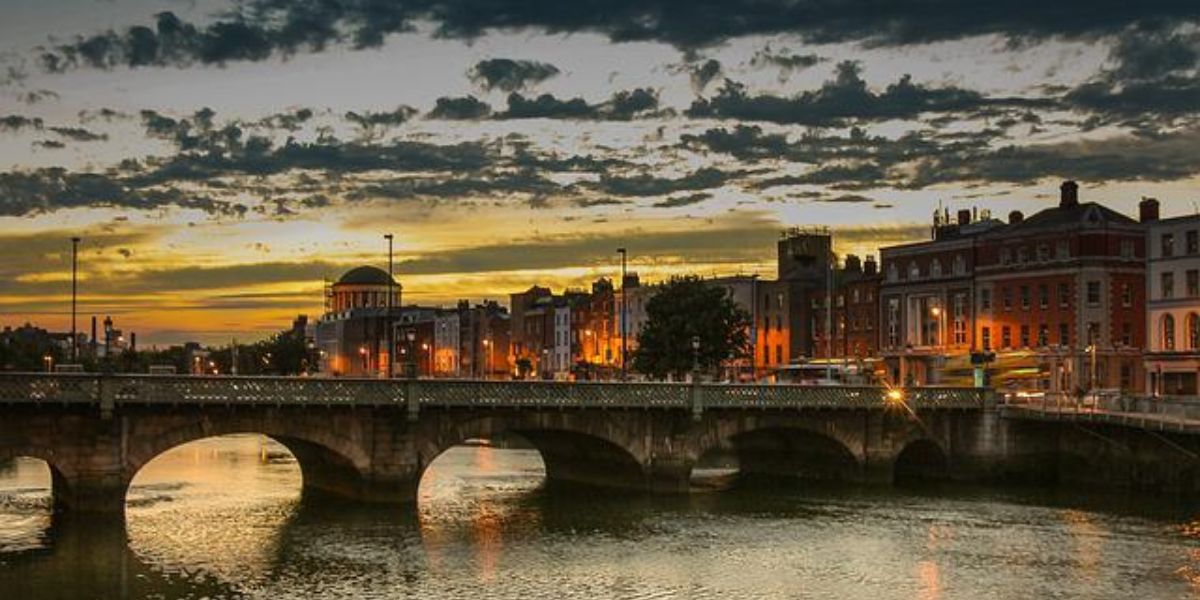On 15 February 2024, Ireland’s Department of Finance released the responses to its public consultation on the future of the bank levy.
The “Further levy on certain financial institutions,” more commonly known as the “Bank Levy” (the Levy), was first announced as part of Budget 2014 as a revenue raising measure that would allow for a contribution to be received from the banking sector towards Ireland’s economic recovery.
Originally designed to run for three years, from 2014 to 2016 inclusive, the Levy has subsequently been extended a number of times, and was further extended in Budget 2024.
Since its introduction, the Levy has provided circa €1.3 billion to the Exchequer. The majority of this has come from the domestic retail banks. The Retail Banking Review carried out by the Department of Finance considered the Levy in its report (see page 48), which is available at: Retail Banking Review (www.gov.ie)
The Department examined the levy to ensure it remained appropriate and fit for purpose. As part of this work, the Department carried out a public consultation exercise from 7 April 2023 to 5 May 2023 ( Public Consultation on the future of the Bank Levy (www.gov.ie)).
Several consultation questions were set out in the consultation paper, and respondents were encouraged to respond to these questions.
In all eighteen submissions were received to the consultation exercise. These are listed in Annex I of this document (redacted in line with FOI standards).
Six submissions were received from banking and credit union industry bodies. A further three were received from banks, in addition to two from political parties, two from trade union organizations, two from chambers of commerce, and one each from an employer’s organization, a body representing postmasters, and a firm offering tax advice to businesses.
The questions posed in the public consultation document were:
- Should the Levy be:
- allowed to expire, with the final payments due in October 2023?
- phased out?
- further extended?
- What impact, if any, do you think the Levy has on the Irish retail financial services marketplace? For example, do you think it reduces the appetite for credit institutions to offer attractive interest bearing deposit accounts, or do you think the cost of the Levy is passed on to the customers of the retail banks?
- Dependent on your answer to Question 1, what form should the levy take from 2024 (inclusive) onwards? Some examples of other systems are listed in section 4 of this consultation paper, but you are welcome to outline an alternative option.
- Should Ireland adopt a levy based on a measure of assets or liabilities (as out outlined in section 5, Option 3, above?
- The current Bank Levy only applies to credit institutions. Should it be extended to other types of deposit taking financial institutions?
- What should be the annual revenue target, if any, of a levy operating in your preferred form, from 2024 onwards?
- If Ireland were to continue to apply a levy beyond 2023 (in your preferred form), for how many years should it apply or should it be a permanent feature for credit institutions doing business in Ireland?
The responses to the Public Consultation, which presented a diverse range of opinions, helped inform the Department’s analysis of the Levy as it existed up to 2023 and its considerations regarding the future of the Levy.
Revised Bank Levy
A revised form of the levy is being put in place for 2024. This revised levy will continue to apply to those credit institutions that received financial assistance from the State during the financial crisis and which are still operating in the State (AIB/EBS, Bank of Ireland and PTSB). It will have a revenue target of circa. €200 million will be apportioned based on the level of relevant customer deposits held by each liable institution. The amendment was legislated for in Section 73 of Finance (No. 2) Bill 2023.













